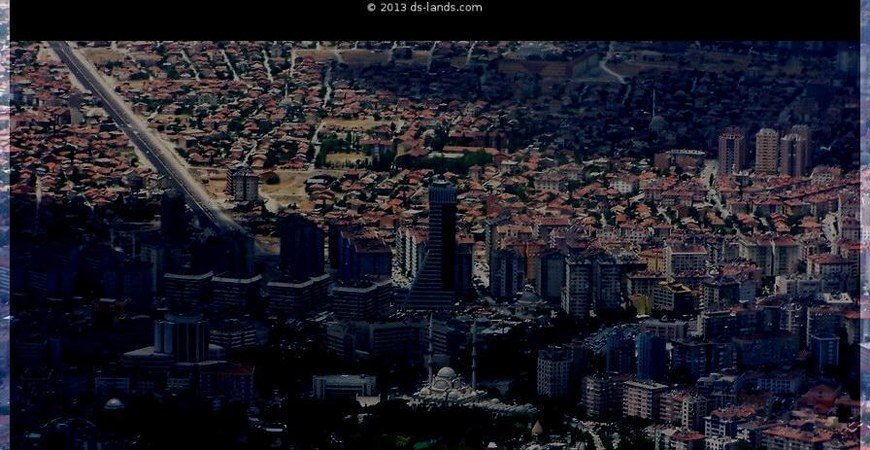The Museums of Konya Turkey – Chapter 2,
Konya Grave Museum:
The Konya Grave Museum was opened in 1960 in the Sircali Medrese in Konya, which was built during the Seljuk period by Bedreddin Muslih in 1242. It has a courtyard decorated with tiles. The museum contains gravestones of historical and artistic value taken from graveyards in Konya and classified into three periods – Seljuk, Beylik and Ottoman. The gravestones are arranged both in chronological order and according to style design and style of writing on them.
Konya Regional Ethnographic Museum:
A new museum building between 1971 and 1974 on Sahip-Ata Boulevard in Konya houses the Konya Regional Ethnographic Museum. The ground floor of the museum is a depot. The large room on the first floor contains Konya costumes, Konya handicrafts, jewellery, coffee, tobacco and writing sets, copper kitchen utensils, candlesticks, and other ethnographic objects from the Konya region. The small room contains weapons from the Ottoman period and a collection of coins. The top floor of the museum consists of administrative offices.
Koyunoglu Museum:
A. Izzet Koyunoglu of Konya donated a rich collection of ethnographic objects which he had collected over a period of 62 years from 1913 until his death in 1975 to Konya Municipality on the condition that they are exhibited in a museum established in his own house in his name.
Konya Municipality stored the collection and began work on establishing the museum.
The Koyunoglu Museum collection includes gilded books illustrated with miniatures, carpets and cloth, articles of clothing, embroidery, drawers inlaid with mother of pearl and ivory, lecterns and chairs, objects made of gold, silver, bronze, copper and iron, ceramics and tiles, inscriptions by famous calligraphers, oil paintings and glass etc.
Konya Eregli Museum:
The historical wealth and touristic potential of Eregli, a sub-province of Konya, in mind, construction of a museum building was begun and the museum opened to the public in 1967. As well as objects from Eregli and its surrounding area there are also works brought from Istanbul and Ankara. Eregli Museum consists of an entrance hall, a large exhibition room, two offices etc.
The exhibition room contains archaeological works from the region of Eregli, including bowls, pots, stones, inscriptions, statues, figurines etc., Roman, ‘Byzantine and Islamic money, manuscript Korans, tablets and lecterns, ethnographic objects from Eregli such as women’s clothes, jewellery, wooden objects etc. The museum also has a depot.
Karaman Museum:
Karaman Museum was first housed in a temporary building in 1959, and archaeological and ethnographic works from the region of Karaman were stored here. A new building was constructed south of the Hatuniye Medrese and upon completion, the works were exhibited here. Karaman Museum is an interesting local museum containing various archaeological works from the earliest ages to the Roman and Byzantine periods, works from the Karamanogullari and Ottoman periods, and ethnographic works.

Leave a Reply